Bearberry Companion Plants That Will Add Color Texture And Interest To Your Garden
Bearberry Companion Plants That Will Add Color, Texture, and Interest to Your Garden
Bearberry (Arctostaphylos uva-ursi) is a low-growing evergreen shrub that is native to North America, Europe, and Asia. It is known for its dark green leaves, which turn a brilliant red in the fall. Bearberry is also a versatile plant that can be used in a variety of garden settings. It is drought-tolerant and can be grown in full sun or partial shade.
One of the best things about bearberry is that it is a great companion plant. It can be used to add color, texture, and interest to your garden. Here are a few of the best bearberry companion plants:
- Azaleas: Azaleas are a popular choice for companion plants with bearberry. They come in a wide variety of colors, so you can choose ones that will complement the red leaves of the bearberry. Azaleas also prefer similar growing conditions as bearberry, so they will thrive together.
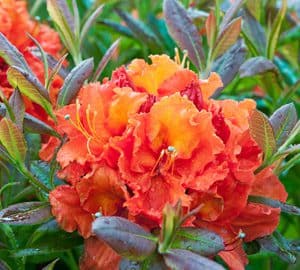
- Heather: Heather is another great choice for companion plants with bearberry. It comes in a variety of colors, including pink, purple, and white. Heather also prefers similar growing conditions as bearberry, so they will thrive together.

- Juniper: Juniper is a coniferous shrub that can add a touch of evergreen interest to your garden. It comes in a variety of sizes, so you can choose one that will fit your space. Juniper also prefers similar growing conditions as bearberry, so they will thrive together.

- Lily of the Valley: Lily of the valley is a small, white flower that blooms in the spring. It is a delicate plant, so it is best to plant it in a protected area. Lily of the valley prefers partial shade, so it will do well under the spreading branches of the bearberry.

- Moss: Moss is a low-growing plant that can add a touch of softness and texture to your garden. It is a versatile plant that can be grown in a variety of conditions. Moss prefers shade, so it will do well under the spreading branches of the bearberry.

These are just a few of the many bearberry companion plants that you can choose from. When choosing companion plants for bearberry, it is important to consider the size, color, and growing conditions of the plants. By choosing the right companion plants, you can create a beautiful and harmonious garden that will be enjoyed for years to come.
Bearberry is a low-growing evergreen shrub that is a popular choice for groundcover. It is hardy in zones 2-6 and can tolerate a variety of soil conditions. Bearberry is also a host plant for several butterfly species.
When choosing companion plants for bearberry, it is important to consider the plant's needs for sunlight, soil type, and moisture. Some good companion plants for bearberry include:
- Erigeron karvinskianus (Mexican daisy)
- Stipa gigantea (golden oats)
- Nepeta 'Six Hills Giant' (catmint)
- Calamagrostis x acutiflora 'Karl Foerster' (feather reed grass)
These plants all share similar growing conditions with bearberry and will help to create a beautiful and diverse garden.
For more information about bearberry companion plants, please visit Gardenia Inspiration. This website provides detailed information about the best plants to pair with bearberry, as well as tips on how to create a successful companion planting scheme.
FAQ of bearberry companion plants
Q: What are some good companion plants for bearberry?
A: Bearberry is a versatile plant that can be paired with a variety of other plants. Some good companion plants for bearberry include:
- Highbush cranberry: This plant has similar growing requirements to bearberry and can help to attract pollinators.
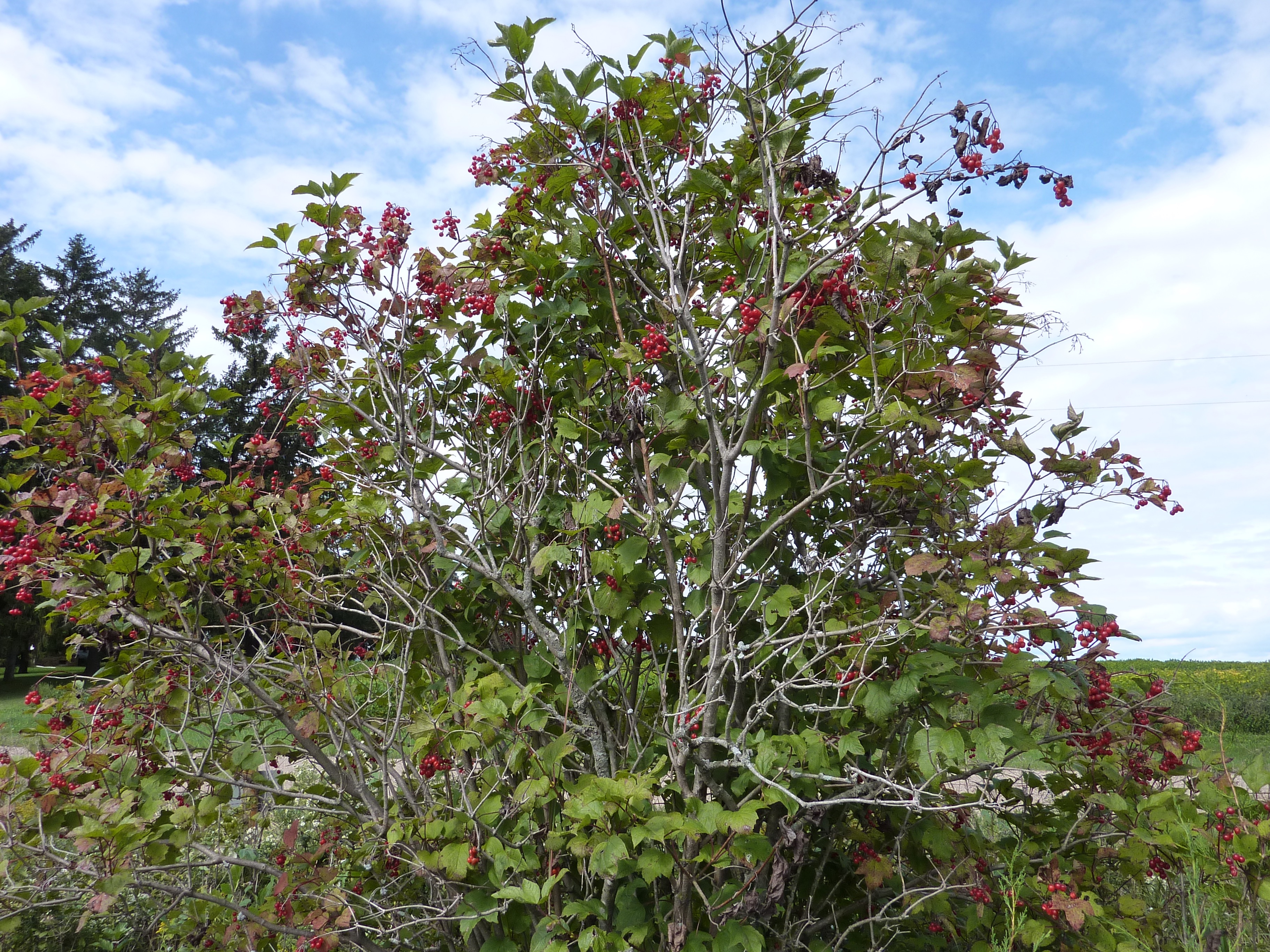
- Wintergreen: This plant is also tolerant of acidic soil and can help to suppress weeds.
- Juniper: This evergreen shrub can provide winter interest and help to screen out unwanted views.
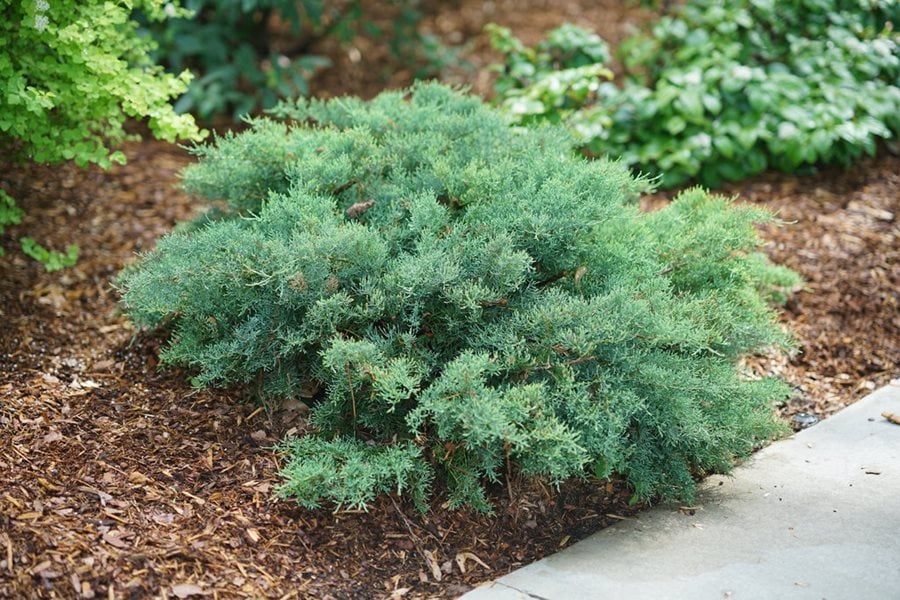
- Bearded iris: This spring-blooming flower adds a touch of color to the garden and can help to attract butterflies.
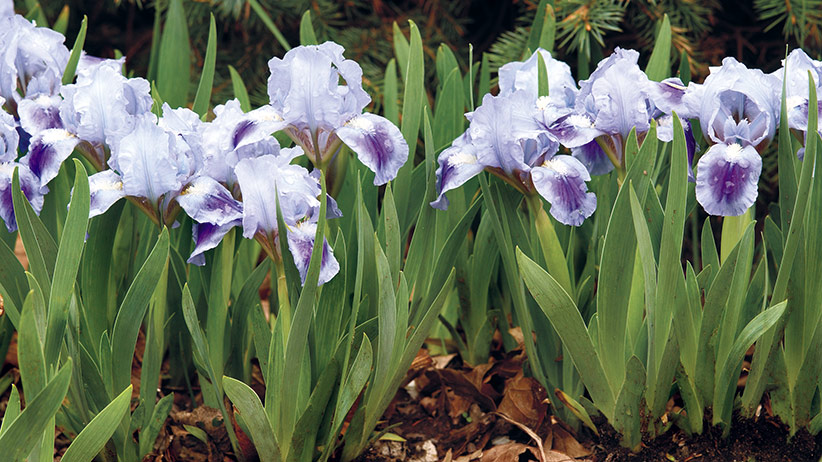
- Strawberry: This edible plant can be grown in the same bed as bearberry and provides a dual purpose for the garden.
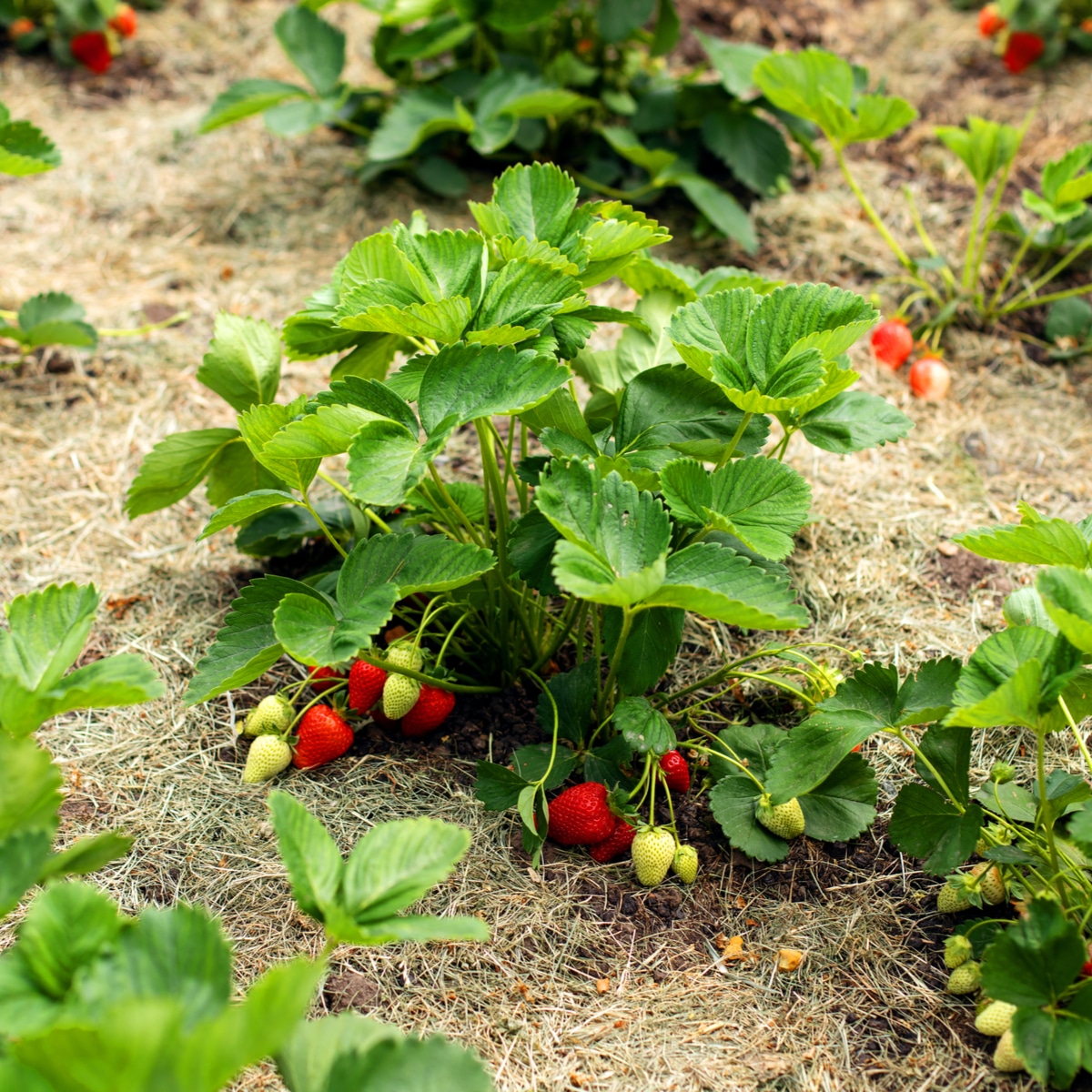
Q: What are the benefits of companion planting with bearberry?
A: There are several benefits to companion planting with bearberry. These include:
- Attracting pollinators: Bearberry is a good source of nectar for pollinators, such as bees and butterflies. Companion planting with bearberry can help to attract these beneficial insects to the garden.
- Suppressing weeds: Bearberry is a groundcover plant that can help to suppress weeds. This can save time and effort in weeding the garden.
- Providing winter interest: Bearberry is an evergreen plant, so it provides winter interest in the garden. This can be especially beneficial in areas with cold winters.
- Screening out unwanted views: Bearberry can be used to screen out unwanted views. This can be helpful in gardens that are located near busy streets or other areas with unsightly views.
- Providing a dual purpose: Some companion plants, such as strawberries, can be used for both ornamental and edible purposes. This can save space in the garden and provide a variety of benefits.
Q: What are some common mistakes to avoid when companion planting with bearberry?
A: There are a few common mistakes to avoid when companion planting with bearberry. These include:
- Planting bearberry in full sun: Bearberry prefers partial shade, so planting it in full sun can scorch the leaves.
- Planting bearberry in alkaline soil: Bearberry prefers acidic soil, so planting it in alkaline soil can stunt its growth.
- Planting bearberry too close to other plants: Bearberry can spread by runners, so planting it too close to other plants can crowd them out.
- Not watering bearberry regularly: Bearberry needs regular watering, especially during hot, dry weather.
- Not fertilizing bearberry: Bearberry benefits from light fertilization in the spring.
Q: How do I care for bearberry companion plants?
A: The care requirements for bearberry companion plants vary depending on the specific plant. However, some general tips for caring for bearberry companion plants include:
- Water regularly: Most bearberry companion plants need regular watering, especially during hot, dry weather.
- Fertilize lightly: Most bearberry companion plants benefit from light fertilization in the spring.
- Prune as needed: Some bearberry companion plants, such as highbush cranberry, may need to be pruned to maintain their shape.
- Protect from pests and diseases: Some bearberry companion plants, such as strawberry, are susceptible to pests and diseases. Be sure to monitor your plants for signs of problems and take steps to control pests and diseases as needed.
Image of bearberry companion plants
5 different images of bearberry companion plants from Pinterest:
- Bearberry and moss: This is a classic combination that looks great in both shady and sunny gardens. The bearberry's evergreen foliage provides year-round interest, while the moss helps to keep the soil moist and cool.

- Bearberry and sedum: Sedum is another drought-tolerant plant that pairs well with bearberry. The sedum's flowers add a splash of color in the summer, while the bearberry's foliage provides a backdrop for the flowers.

- Bearberry and hosta: Hostas are a popular choice for shady gardens, and they make great companion plants for bearberry. The hostas' large leaves provide a contrast to the bearberry's small, evergreen leaves.

- Bearberry and coral bells: Coral bells are another shade-loving plant that pairs well with bearberry. The coral bells' colorful flowers add a touch of brightness to the garden in the summer, while the bearberry's foliage provides a backdrop for the flowers.
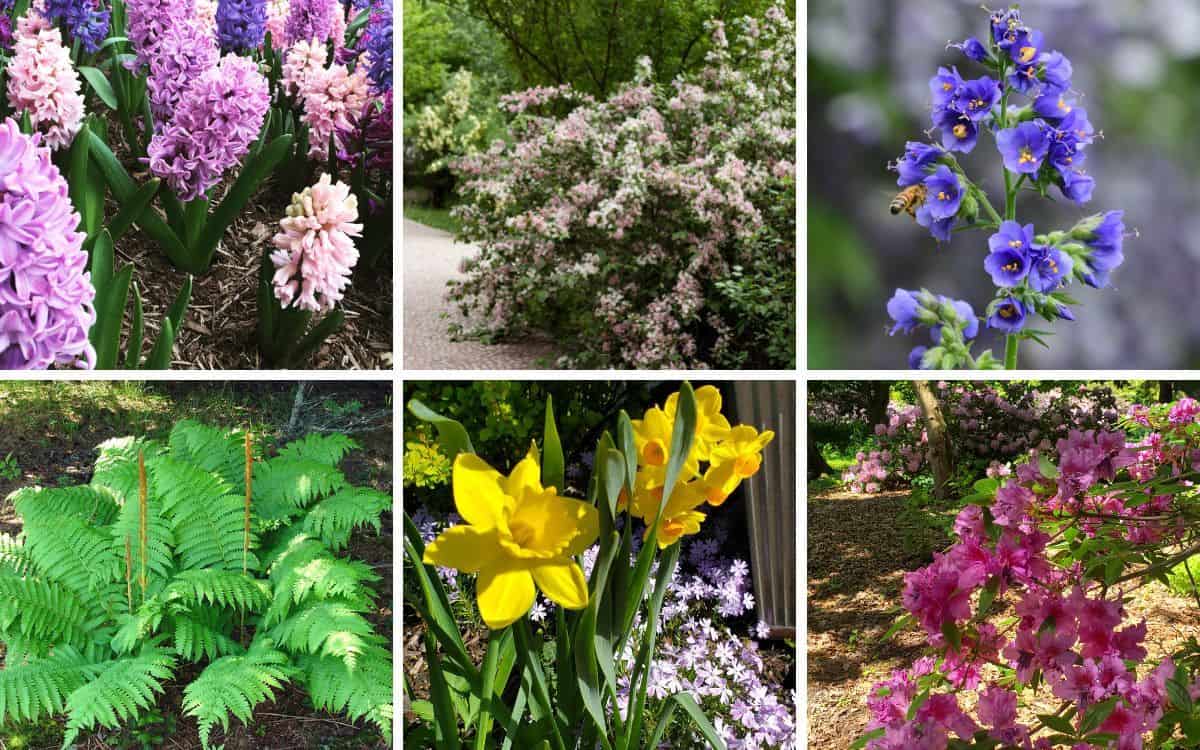
- Bearberry and wintergreen: Wintergreen is a low-growing evergreen plant that is native to North America. It is a good choice for companion plants with bearberry because it shares the same growing conditions.
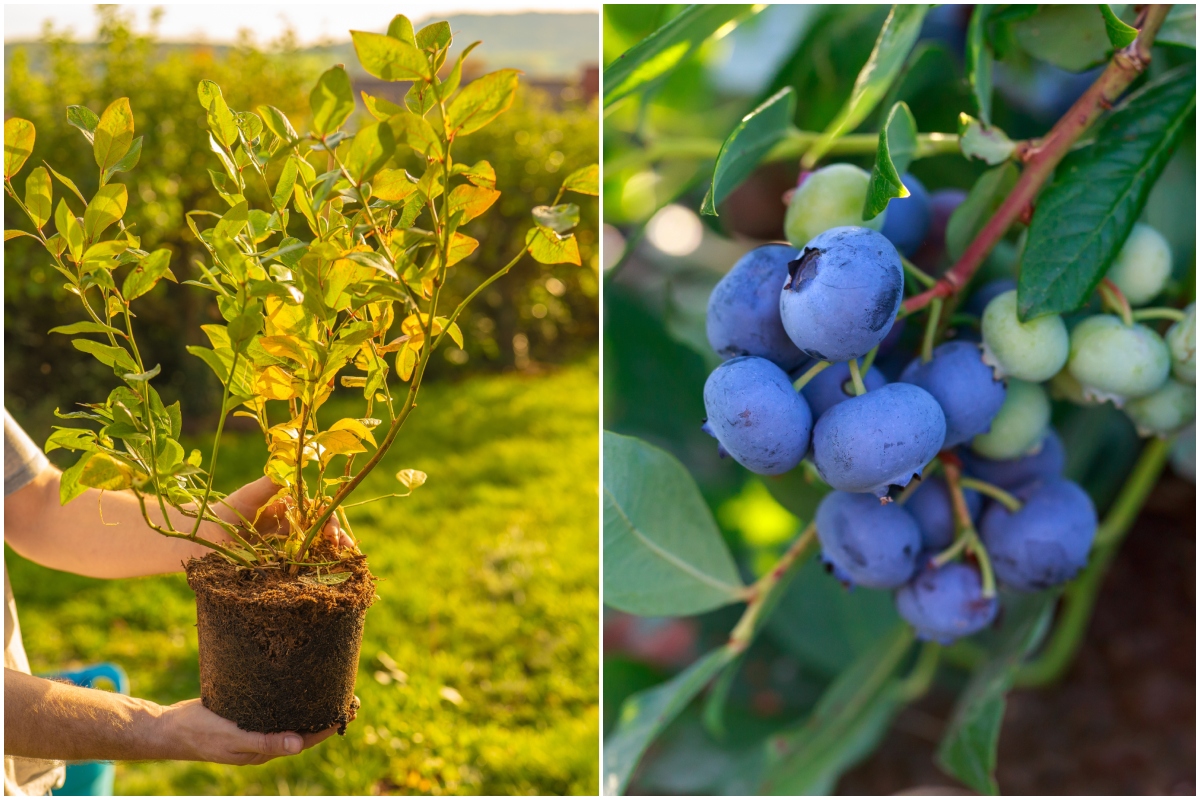
Post a Comment for " Bearberry Companion Plants That Will Add Color Texture And Interest To Your Garden"